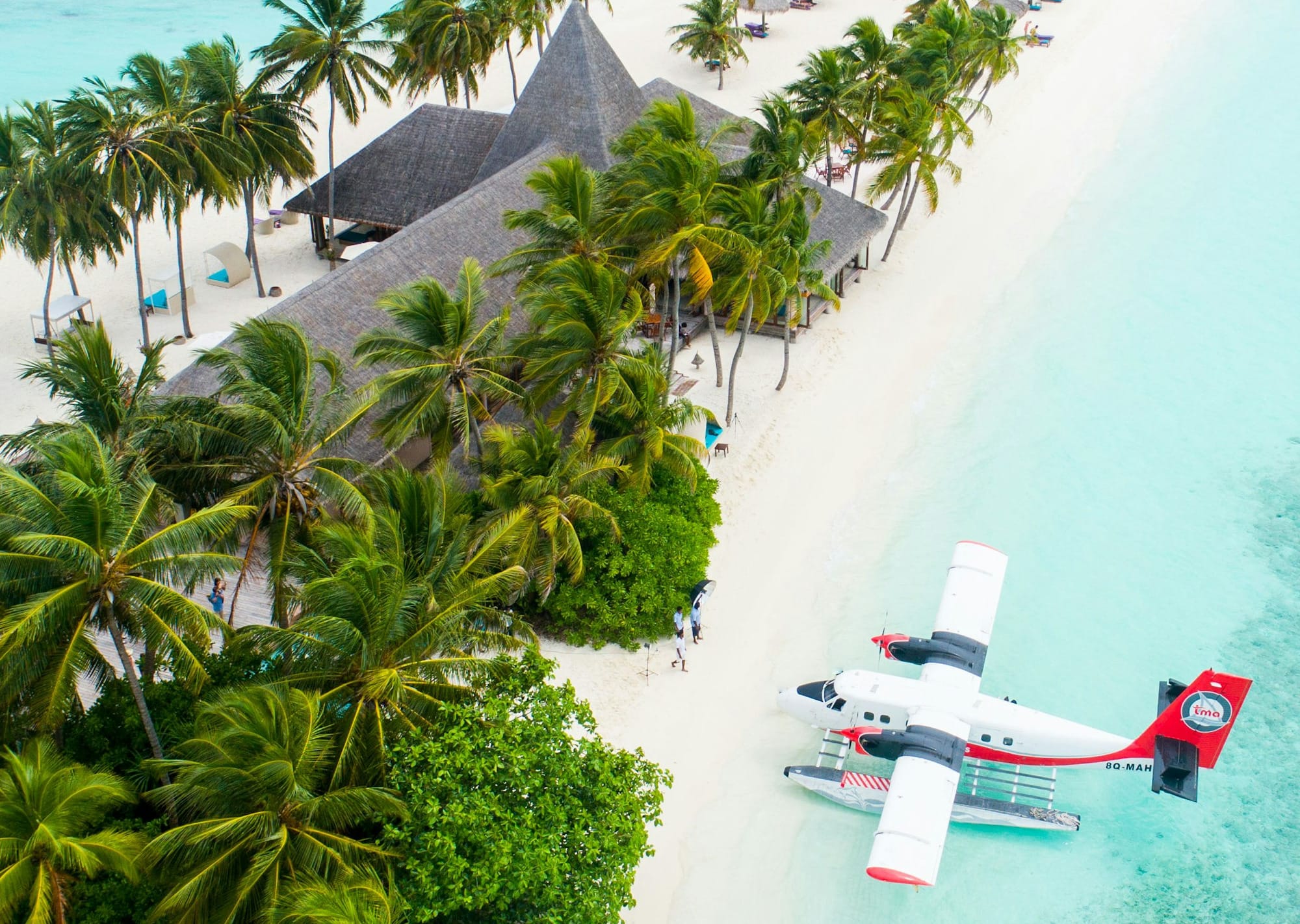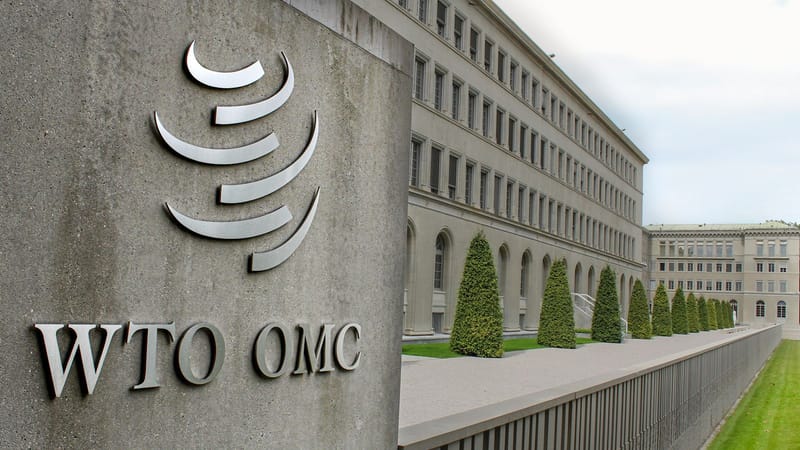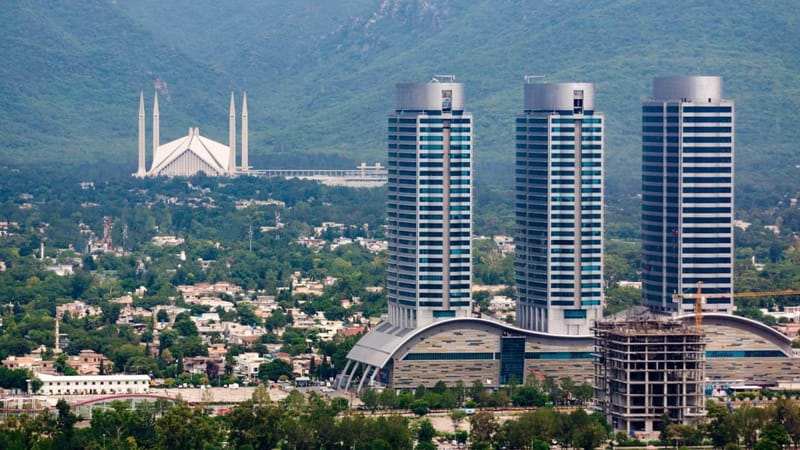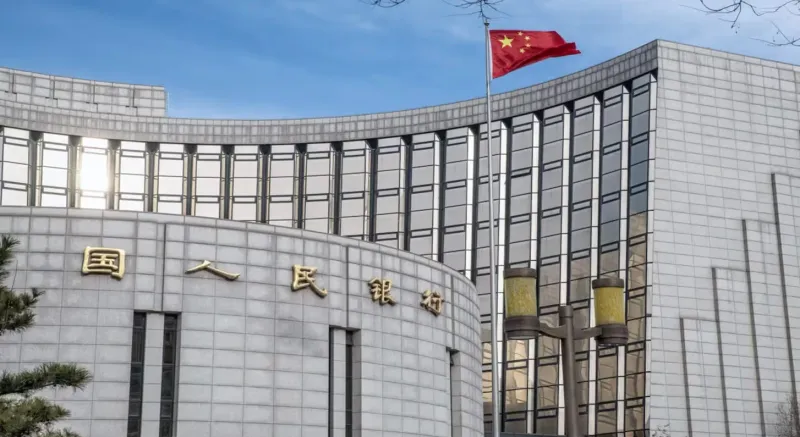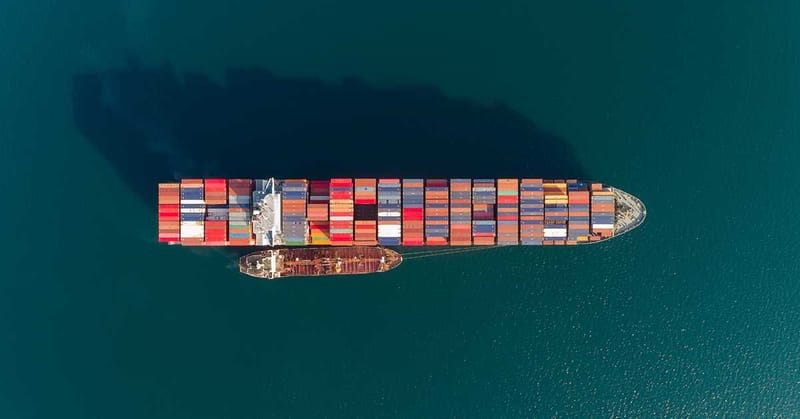Why the Maldives Won’t Share Sri Lanka’s Economic Fate
While Sri Lanka succumbed to financial collapse, the Maldives has demonstrated resilience, charting a course that suggests it will avoid the same fate
The Maldives and Sri Lanka, two island nations dependent on tourism, have faced economic challenges in recent years. However, despite shared vulnerabilities, their fiscal and economic paths have diverged significantly. While Sri Lanka succumbed to financial collapse, the Maldives has demonstrated resilience, charting a course that suggests it will avoid the same fate. This article compares their economic trajectories, examining tax revenue, tourism, foreign currency reserves, and external debt to highlight why the Maldives' situation is fundamentally different from that of Sri Lanka.
Tax Revenue to GDP: Contrasting Fiscal Policies
Tax revenue is a crucial indicator of a government’s ability to fund essential services and manage debt. Between 2019 and 2022, Sri Lanka’s tax revenue to GDP ratio fell from 10.80% to 7.30%, a decline triggered by the President Gotabaya Rajapaksa government’s tax cuts. While aimed at stimulating growth, these cuts severely eroded government revenue, leaving Sri Lanka financially strained and unable to meet its growing debt obligations, eventually contributing to the country’s economic collapse.
In stark contrast, the Maldives increased its tax revenue to GDP ratio from 18.04% in 2021 to 25.35% in 2024. This rise is largely due to strategic tax reforms introduced in 2023, targeting key sectors such as tourism. The increase in revenue has bolstered the Maldives' fiscal position, allowing the government to maintain essential services, meet debt obligations, and strengthen its economic stability—ensuring that it does not follow Sri Lanka’s downward spiral.
Tourism: A Tale of Resilience vs. Collapse
Tourism is a vital lifeline for both Sri Lanka and the Maldives, yet the two nations have experienced vastly different outcomes in this sector.
Sri Lanka’s tourism sector collapsed following two major shocks: the 2019 Easter bombings and the COVID-19 pandemic. The number of tourist arrivals dropped by 73.50% in 2020, and the slow recovery has left Sri Lanka without a critical source of foreign exchange revenue. This collapse contributed significantly to the country’s balance of payments crisis, pushing it deeper into debt and economic turmoil.
By contrast, the Maldives experienced robust recovery and growth in its tourism sector. Tourist arrivals surged by 26.73% in 2021 and continued to grow by 12.13% in 2023. The resilience of Maldives’ tourism, even in the face of global challenges, has been key to sustaining its foreign exchange reserves and economic stability. Furthermore, the opening of a new terminal at Velana International Airport in 2025 is expected to further boost tourism, reinforcing the Maldives’ economic strength.
Foreign Currency Reserves: Managed Decline vs. Depletion
Foreign currency reserves are critical for maintaining economic stability, particularly in nations dependent on imports and external debt. Sri Lanka’s foreign reserves plummeted from 9.50% of GDP in 2019 to 4.12% in 2022. This depletion left the government unable to finance essential imports or stabilize the national currency, accelerating the country’s financial collapse. Sri Lanka's reserves were primarily composed of funds held by commercial banks at the central bank, along with IMF loans, which limited the government's ability to intervene directly.
The Maldives has also experienced a decline in foreign reserves, but it has managed the situation more effectively. While reserves fell from 15.79% in 2021 to 6.73% in 2024, the Maldives’ reserves remain under better government control, with 20.26% held directly by the central government. This flexibility, combined with recent tax reforms requiring resorts to pay taxes in U.S. dollars, would ensure a steady inflow of foreign currency, helping the Maldives maintain economic stability and avoid the crisis faced by Sri Lanka.
External Debt: Sustainable Management vs. Crisis Escalation
Sri Lanka’s external debt ballooned from 62.57% of GDP in 2019 to 74.96% in 2022, a key factor in its economic downfall. The rising debt, coupled with declining revenues and foreign reserves, left Sri Lanka vulnerable to default, and the country ultimately failed to meet its debt obligations, leading to financial collapse.
In contrast, the Maldives has reduced its external debt to GDP ratio from 56.20% in 2021 to 47.80% in 2024. This reduction demonstrates a commitment to sustainable debt management. Furthermore, the Maldives is actively engaging in negotiations with its largest creditors—India and China—to restructure and refinance its upcoming debt repayments in 2025 and 2026. This proactive approach minimizes the risk of a debt crisis and ensures that the Maldives remains on a path of fiscal stability.
Conclusion: The Maldives is Not the Next Sri Lanka
Despite shared vulnerabilities, the Maldives’ economic and fiscal management strategies have set it on a fundamentally different path from Sri Lanka. By increasing tax revenues, maintaining tourism growth, managing foreign reserves effectively, and addressing external debt sustainably, the Maldives has positioned itself to avoid the financial collapse experienced by Sri Lanka.
While challenges remain—such as potential global economic downturns and climate risks—the Maldives has demonstrated resilience and foresight. Its proactive fiscal management and strategic reforms ensure that, unlike Sri Lanka, the Maldives is on a path toward sustained stability and economic growth.
Sources: Central Bank of Maldives and Sri Lanka


